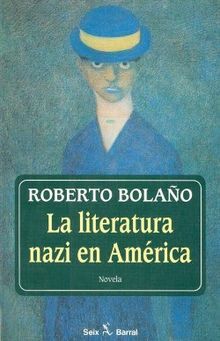What do you think?
Rate this book


237 pages, Paperback
First published February 13, 1996
….a novel about order and disorder, justice and injustice, God and the Void.So there I was - witnessing a swashbuckling cavalcade of ideas, overflowing from the chariot of Bolaño’s mind; irreducible owing to their weight, hypnotic owing to their flight.
..the action unfolds in a distorted present where nothing is as it seems, or in a distant future full of abandoned, ruined cities, and ominously silent landscapes, similar in many respects to those of the Midwest. His plots abound in providential heroes and mad scientists; hidden clans and tribes which at the ordained time must emerge and do battle with other hidden tribes; secret societies of men in black who meet at isolated ranches on the prairie; private detectives who must search for people lost on other planets; children stolen and raised by inferior races so that, having reached adulthood, they may take control of the tribe and lead it to immolation; unseen animals with insatiable appetites; mutant plants; invisible planets that suddenly become visible; teenage girls offered as human sacrifices; cities of ice with a single inhabitant; cowboys visited by angels; mass migrations destroying everything in their path; underground labyrinths swarming with warrior-monks; plots to assassinate the president of the United States; spaceships fleeing an earth in flames to colonize Jupiter; societies of telepathic killers; children growing up all alone in dark, cold yards.
